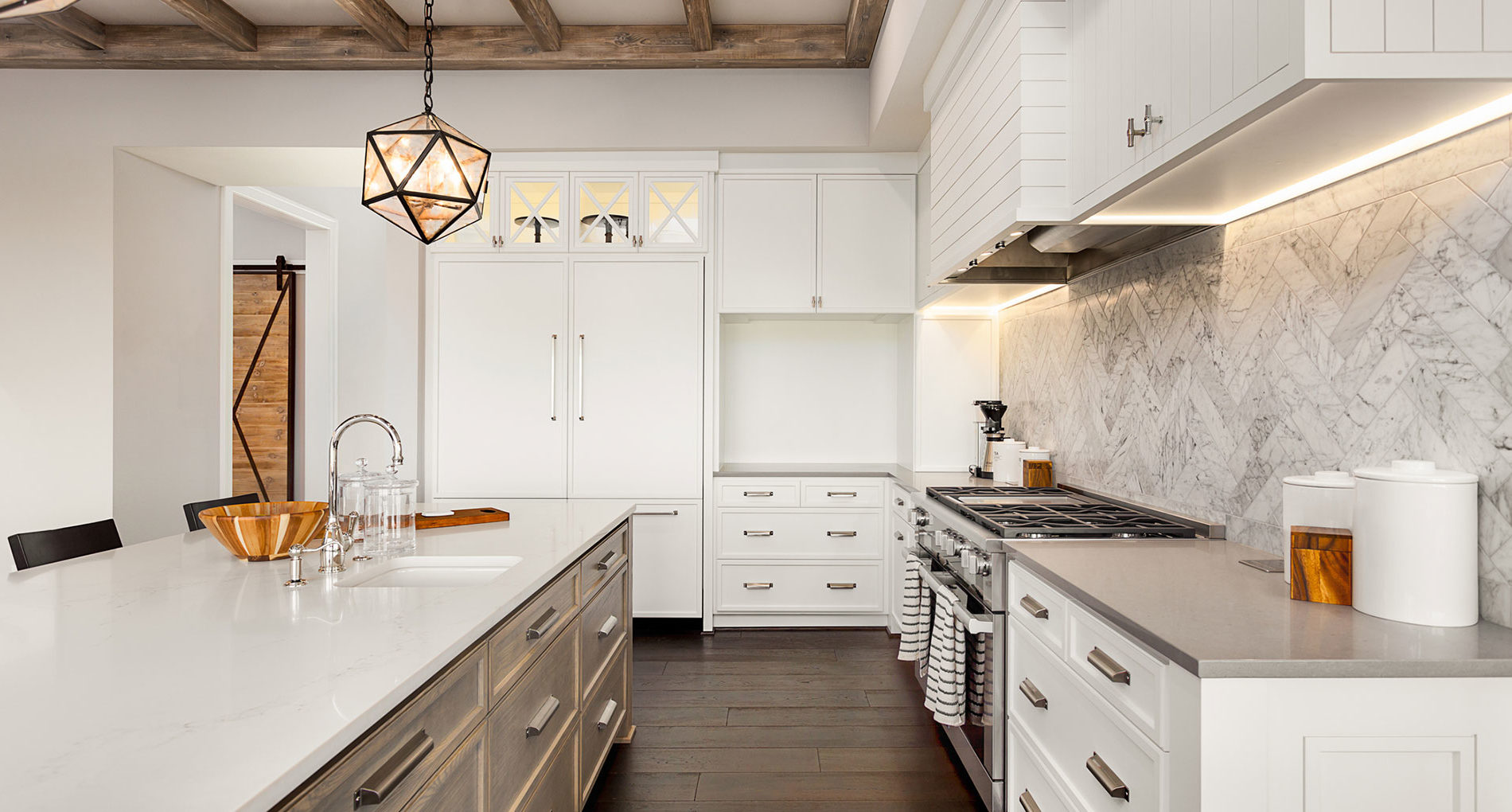Simple, affordable and easy-to-install wireless is making the long-predicted smart home a must-have. PC Magazine has called 2016 The Year of the Home—the start of a flowering of wireless devices that will make home life easier, healthier and more fun. Research certainly bolsters that view: a Coldwell Banker survey found that nearly half of homeowners either already own or are planning to buy smart home devices, and technology forecaster Gartner, Inc. foresees 500 connected devices in the average home by 2022.
This growth is thanks mostly to affordable wireless technology. Home tech devices now cost a fraction of what they did a decade ago, and most offer a simple smart phone or tablet control interface.
Tailored to Your Needs
Today’s devices also offer tangible lifestyle benefits. For instance, whole-house automation systems like those from HomeControl will manage lighting, security, temperature and energy consumption—all from a single app. Low-cost, entry-level alarm systems like those from SimpliSafe start with basic security and are easily expanded as budgets permit. Automation systems like these are designed to be consumer-friendly, but your builder can work with a technology integrator to install and configure them so everything is ready to use on move-in day.
Rather than a system, some people prefer to choose from the growing array of standalone wireless devices. Most start with home security, such as a wireless shade that automatically closes at night, a camera they can check from a phone, or an expandable security kit that costs just a few hundred dollars.
Electronic Locks
The fastest-growing security device category is probably the electronic lock, and there are many to choose from. Examples include the Schlage Sense Smart Deadbolt, which allows a homeowner to remotely set temporary entry codes—for instance, so the cleaner can only get in the house at a certain hour—and the popular Ring™ Video Doorbell, which lets you use your phone to see who is at the door. The Ring can even be connected to a motion detector that alerts you of suspicious activity on the property. If you’re someone who worries about the garage door, apps like LiftMaster’s will remotely confirm that you closed it and also will tell you if someone opens it while you’re gone.
Environmental Alarms
Environmental alarms like Delta’s Leak Detector will alert you if there’s a leaky faucet or water main, while the Halo smoke detector knows the difference between fire and smoke and will call your phone (rather than chirping) when it needs a new battery. More complex systems will automatically turn the water off if there’s a leak, or kill the HVAC fan to slow the spread of a detected fire. (These systems require an integrator but still cost just a fraction of what they did ten years ago.)
Smart HVAC
Smart HVAC controls are also proliferating. For instance, the Nest thermostat learns and automatically meets your temperature preferences and will even talk to your phone’s location services to sense when you’re coming home so it can turn up the heat. And Febreze makes an air freshener that works with Nest’s Home/Away Assist to evenly disperse a scent through the HVAC system.
Smart Entertainment
Let’s not forget entertainment and convenience. An example of the cutting edge here is Amazon’s wireless Echo speaker, which recognizes voice commands and will stream whatever audio you request from a variety of Internet sources. Can’t remember if you need milk? With the Smarter Fridge Cam™, you can use your phone from the grocery store to take a look.
Home Integration
Although a lot of people worry about getting all these devices to work together, an electronics integrator can configure a tablet to control the TV, the heating and cooling, the lighting and everything else. Your builder can coordinate the integration.
This is just a small taste of what home technology can do now, let alone what it will be able to do in the near future. An Internet search will turn up many more possibilities. And if the benefits of smart home technology don’t capture your imagination, consider resale value. If the people at Gartner are correct—and the exploding number of smart home devices indicates that they are—then it won’t be long before buyers discount the lack of smart devices the same way they now discount the lack of a cable TV connection. In other words, a small investment today could really pay off tomorrow.







